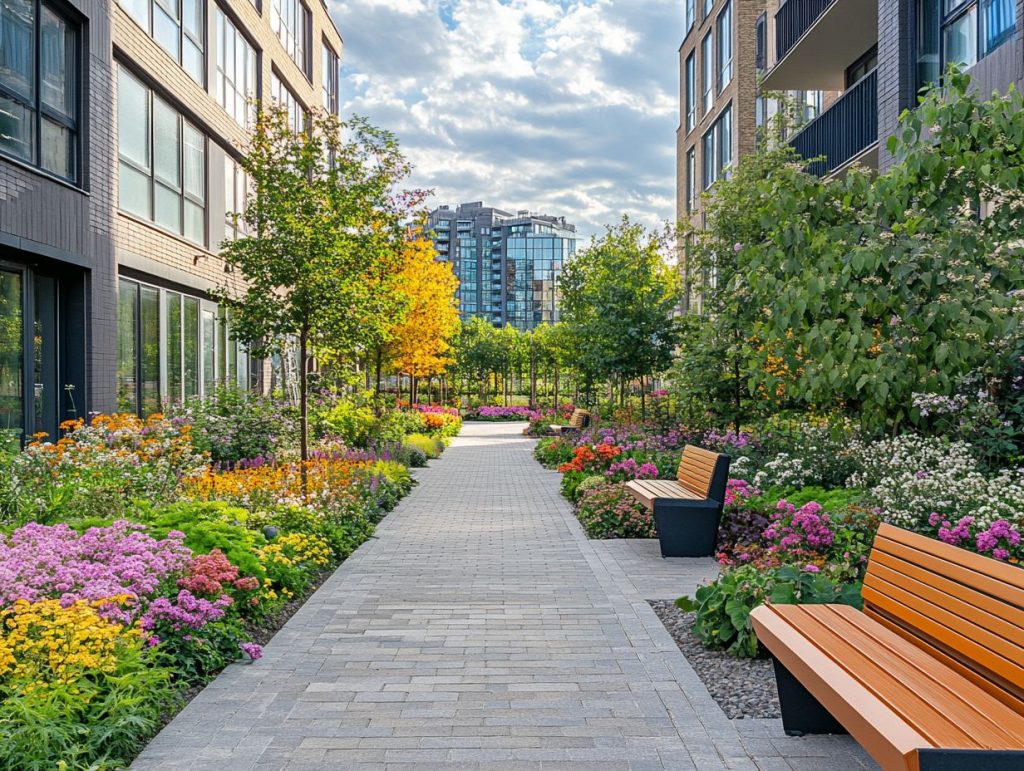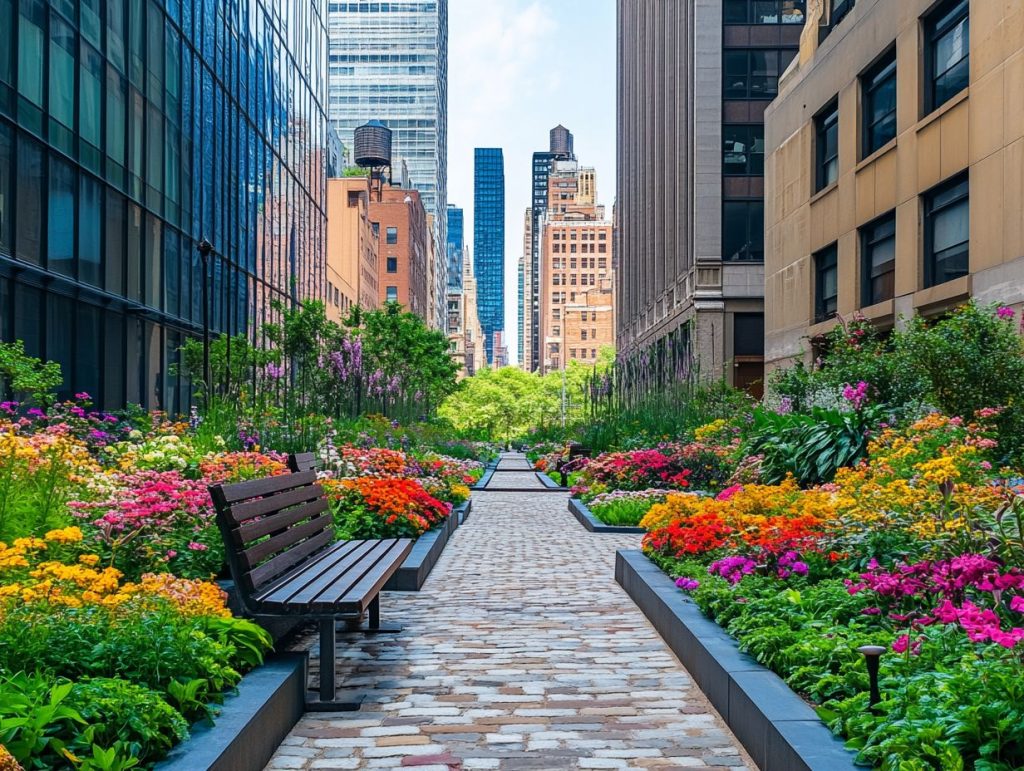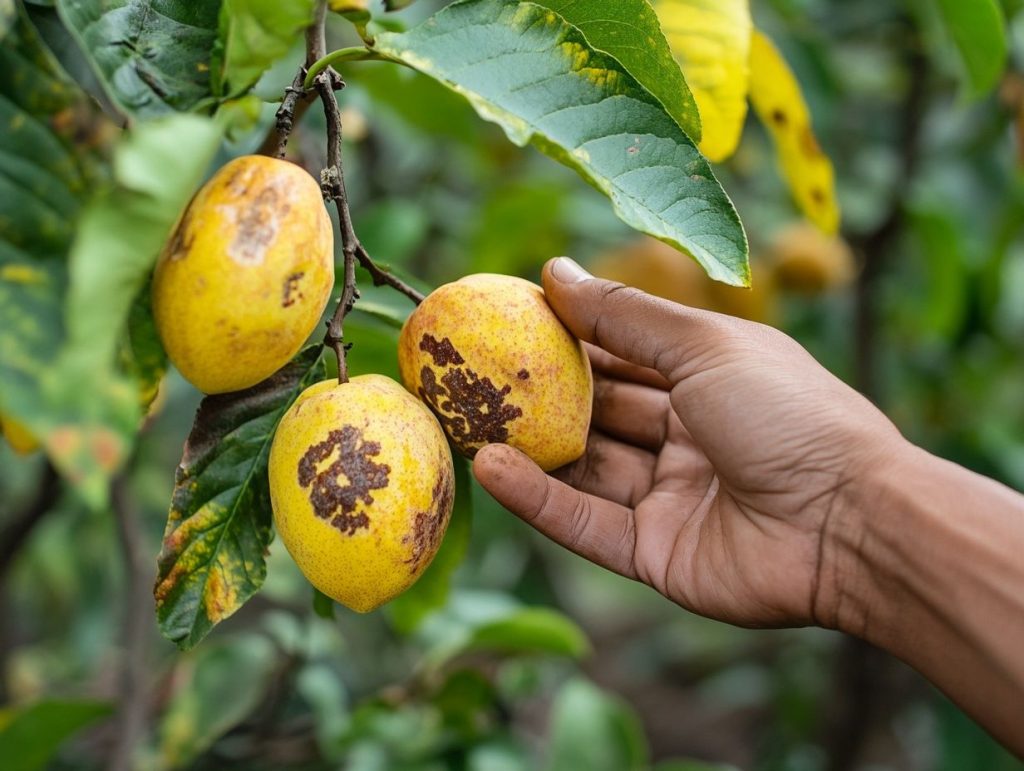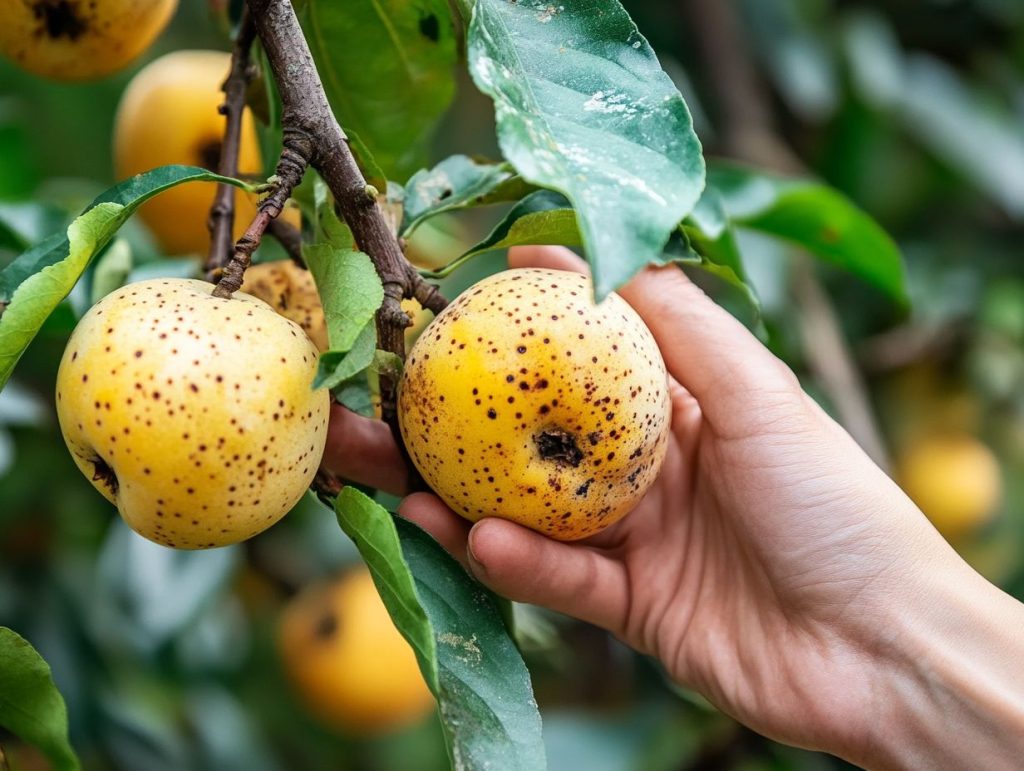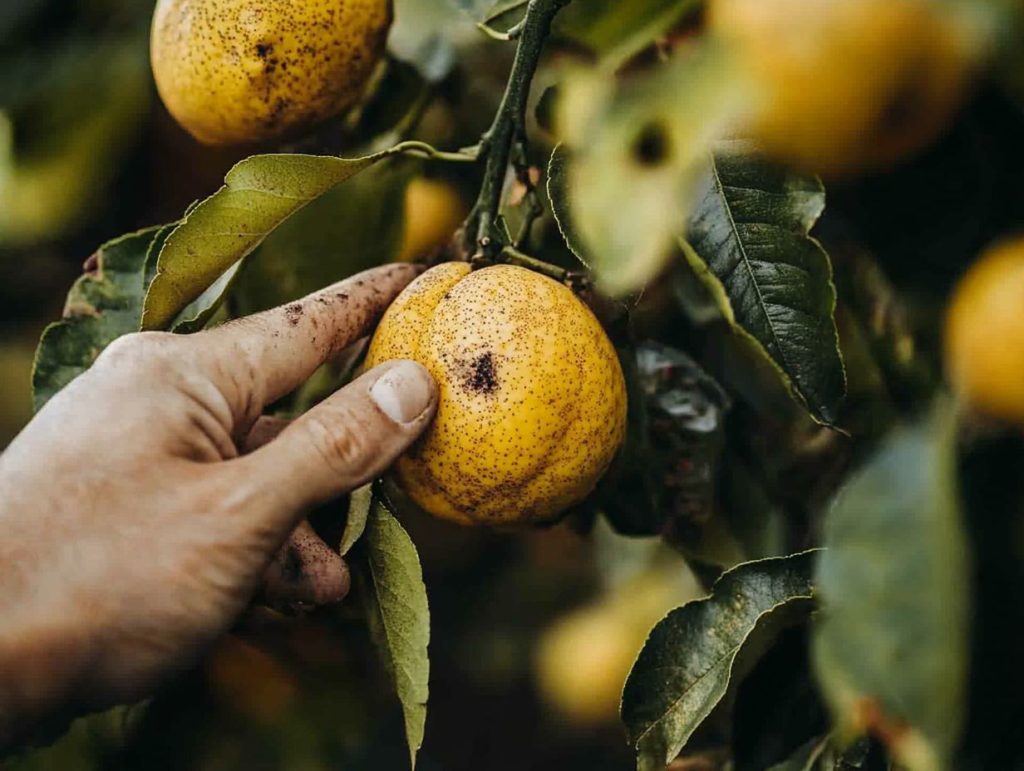Have you ever heard of tree surgery? If the answer is no, don’t be too hard on yourself – many people haven’t. But tree surgeons, a.k.a arborists, should be your first call if you notice something is wrong with a tree on your property, and knowing what they do will give you a better understanding of how important their work is.
The tree doctor is a specialist dedicated to maintaining tree health through a blend of science and hands-on care. This article explores the essential responsibilities of tree doctors, the science of plant biology, common diseases, the tools they use, and preventative measures to keep your trees thriving.
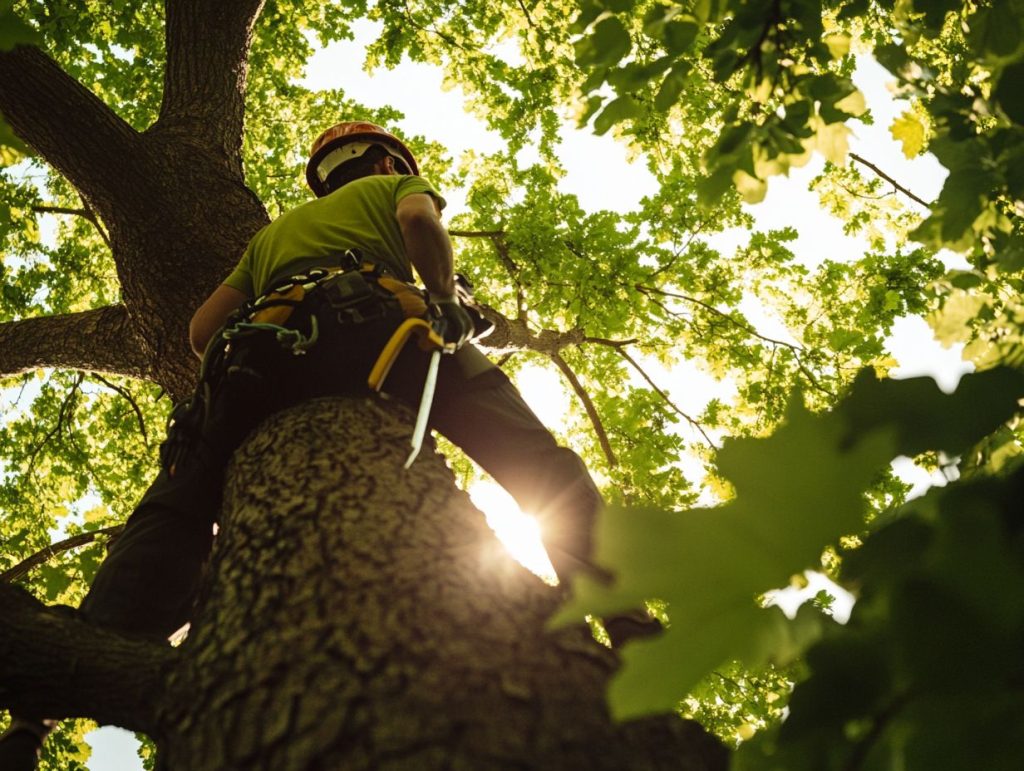
The Role of a Tree Doctor
The role of a tree surgeon, often called an arborist, involves many important responsibilities aimed at keeping trees healthy and safe, whether in urban or rural settings.
You will find them doing everything from inspecting trees to diagnosing diseases and recommending the right care practices. Tree surgeons don’t just focus on preserving tree health; they also educate the community about sustainable forestry and environmental stewardship.
Their expertise is crucial in maintaining ecosystem health and biodiversity around us, significantly impacting urban forestry initiatives.
Understanding the Responsibilities
Understanding what being a tree surgeon means and recognising how crucial proper tree diagnosis and treatment are for keeping trees healthy and thriving.
They engage in various tasks, such as diagnosing three diseases and assessing their overall health to determine the best intervention methods. Their expertise allows them to recommend effective pest management techniques that protect individual trees and benefit the entire ecosystem around them.
An arborist can provide:
- Valuable insights into tree biology.
- Helping clients grasp the essential services that healthy trees provide, such as improving air quality.
- Supporting wildlife habitats.
- Reducing soil erosion.
Helping others appreciate trees and their vital roles in the environment is key to creating a more sustainable and vibrant community.
The Science of Tree Doctoring
The science of tree surgery is all about plant pathology, tree biology, and understanding what influences tree health. Arborists go into different tree species and their growth patterns to ensure they receive the right nutrition and that the soil remains healthy.
A solid understanding of tree anatomy and environmental factors is crucial to providing effective tree care and maintenance.
Plant Biology and Tree Health
Understanding plant biology is key to keeping trees healthy. It’s all about knowing the details of tree anatomy, such as root systems and leaf health, which directly impact photosynthesis and transpiration.
The relationship between these biological components is crucial. Healthy roots anchor the tree and absorb nutrients, while strong leaves are busy producing energy. However, be cautious of root rot, which is often caused by overwatering or poor soil drainage. That can seriously disrupt a tree’s health, leading to stunted growth or even death. Additionally, fungal infections can exacerbate the problem by disrupting nutrient flow and weakening the tree’s immune system.
By understanding these dynamics, you can implement effective plant care practices—such as mastering proper watering techniques and managing soil health. This will nurture resilient trees that stand the test of time.
Common Tree Ailments
Common tree ailments can really damage your tree’s health and lifespan. Recognising the symptoms of tree stress is the first step towards effective pest control and treatment.
Diseases caused by bacteria, fungal infections, or invasive pests can lead to root rot and other complications if not addressed in time.
Identifying and Treating Diseases
Identifying and treating tree diseases requires a keen eye and some solid knowledge of tree diagnostics. To boost the tree’s disease resistance, you will often need to combine organic treatments with surgical interventions.
Taking a comprehensive approach is essential. You want to recognise symptoms early and understand the issues affecting the tree’s well-being. Techniques such as visual inspections, soil tests, and foliage analysis will help for a more accurate diagnosis. Once the tree doctor identifies the peculiar disease, they will have several treatment options, ranging from organic solutions like neem oil and compost teas to more invasive surgical procedures if necessary.
Do not forget about preventive measures! Maintaining healthy soil, proper watering techniques and regular pruning can significantly improve the tree’s overall health and reduce the risk of future diseases.
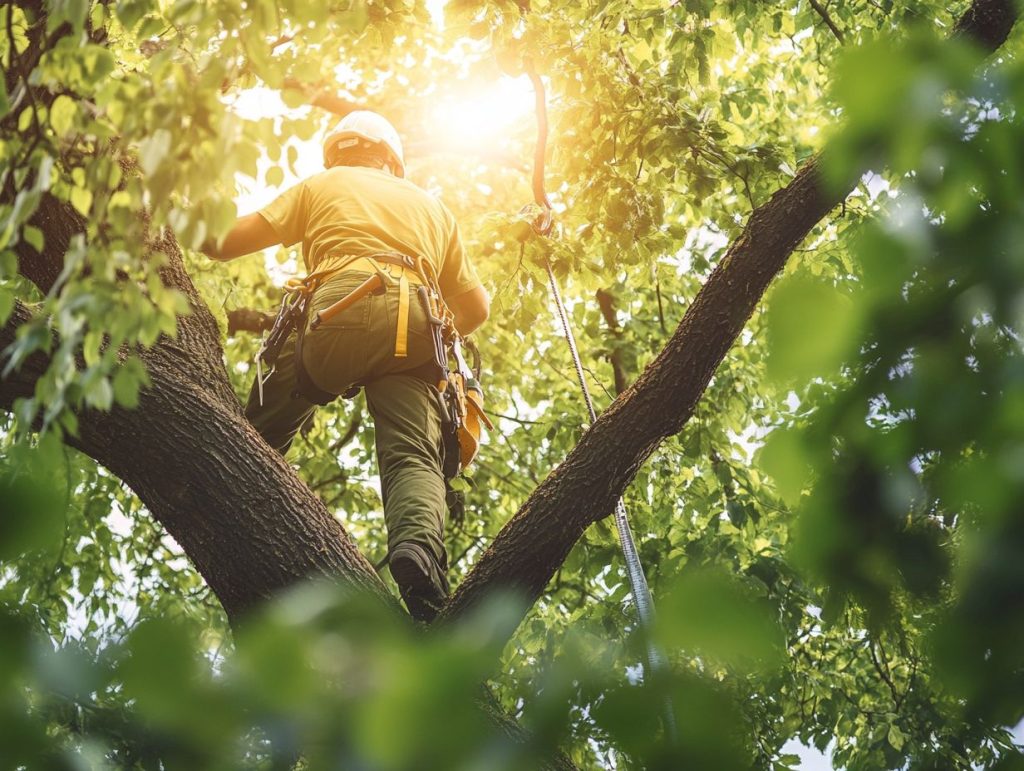
Tools and Techniques Used by Tree Doctors
The tools and techniques tree surgeons use are essential for effective tree care. They operate with various diagnostic tools, equipment for tree surgery, and methods for proper tree pruning and canopy management.
These resources enable them to conduct thorough tree inspections and treatments, ensuring the trees remain healthy and safe.
Equipment and Methods for Diagnosis and Treatment
Various equipment and methods are used in tree surgery, from advanced diagnostic tools for tree inspection to effective pest management strategies.
Alongside these key tools, specialists use devices like seismographs to check trees’ internal health without causing damage and air spades to explore roots. Treatment protocols often include targeted interventions, such as injecting beneficial nutrients and organic solutions that consider sustainability. These approaches not only boost the immediate health of individual trees but also contribute to a healthier ecosystem overall.
Don’t underestimate the importance of community outreach programmes, either; they’re crucial in educating the public about tree care and conservation and helping to ensure that local landscapes are preserved for future generations.
Preventative Measures for Tree Health
If you want to keep your trees around for the long haul, you really can’t underestimate the importance of preventative measures for tree health. Focusing on tree care practices such as seasonal maintenance, proper watering techniques, and keeping the soil healthy makes all the difference.
By implementing these strategies, you can promote better nutrition for your trees and reduce the risk of diseases.
Maintaining Healthy Trees Through Proper Care
Maintaining healthy trees through proper care is about blending organic solutions, regular maintenance, and proactive preservation methods to keep the ecosystem thriving.
When you understand tree biology, you can pinpoint their specific needs, such as what nutrients they require and where they might be vulnerable to pests. Community outreach is essential for building a shared responsibility for tree care, where neighbours can learn about sustainable practices.
Using organic treatments, such as composting and natural pest control, helps your trees live longer and reduces your environmental footprint. Furthermore, regular pruning and monitoring for signs of disease boost a tree’s resilience, ensuring these essential parts of our ecosystem thrive for years.
